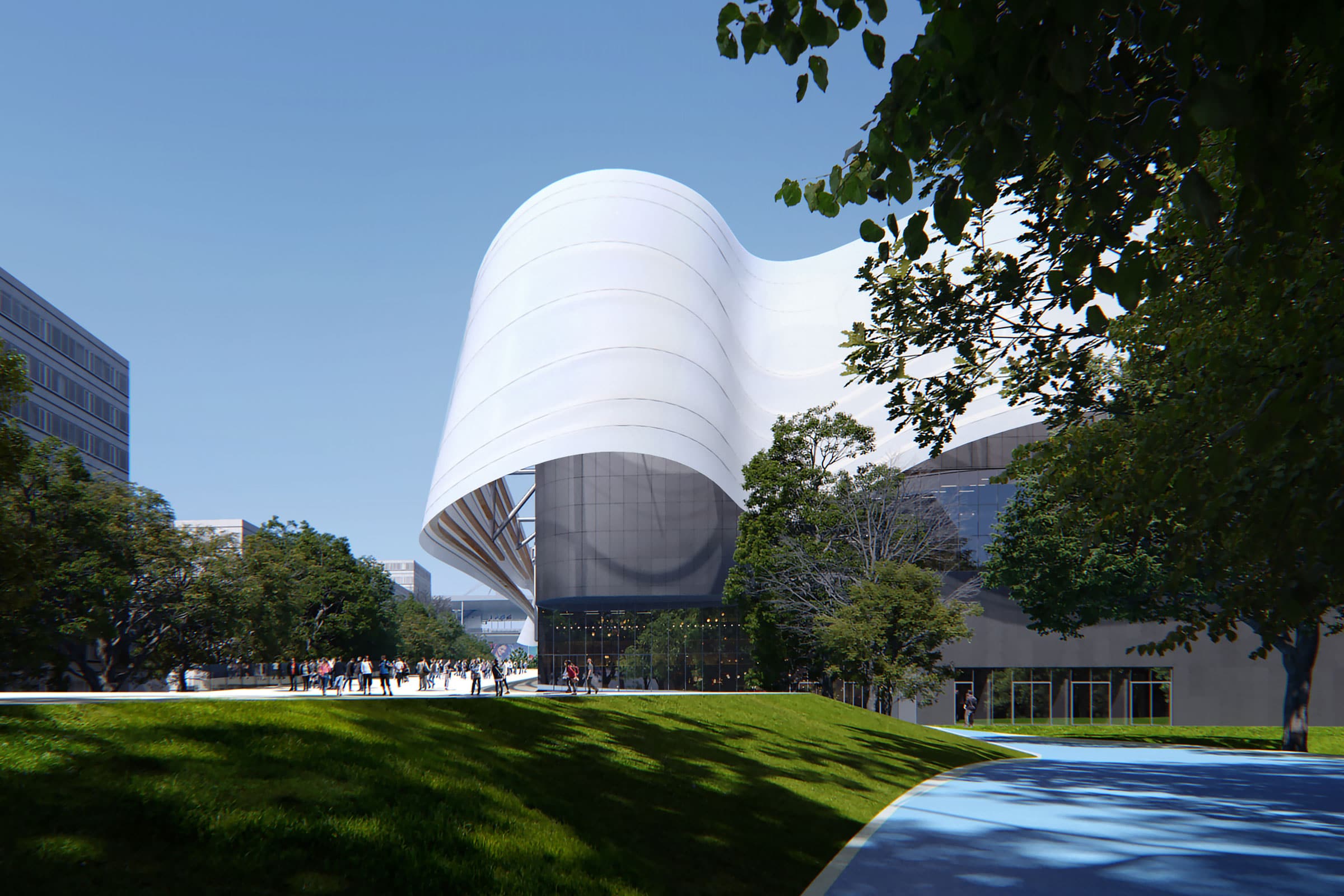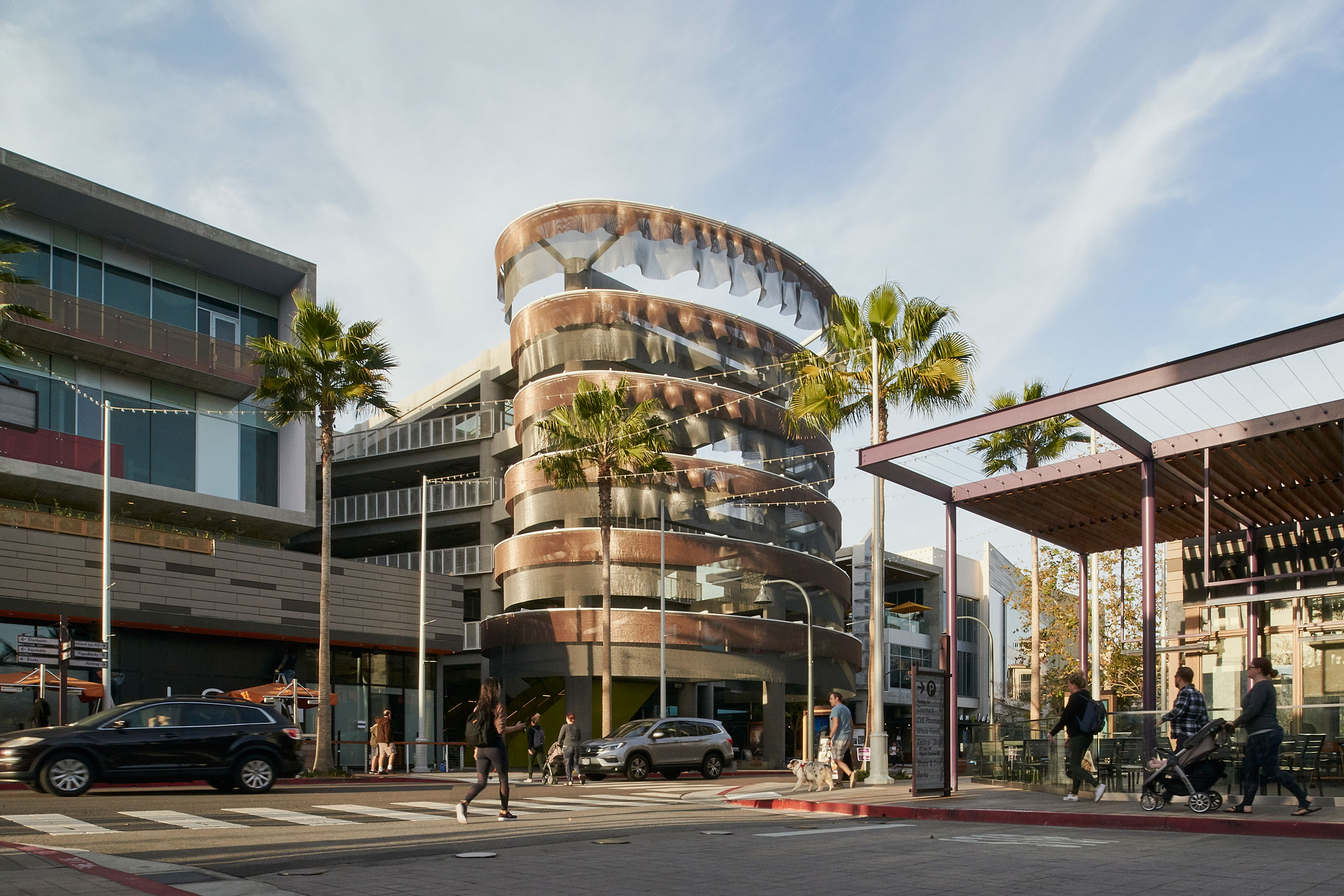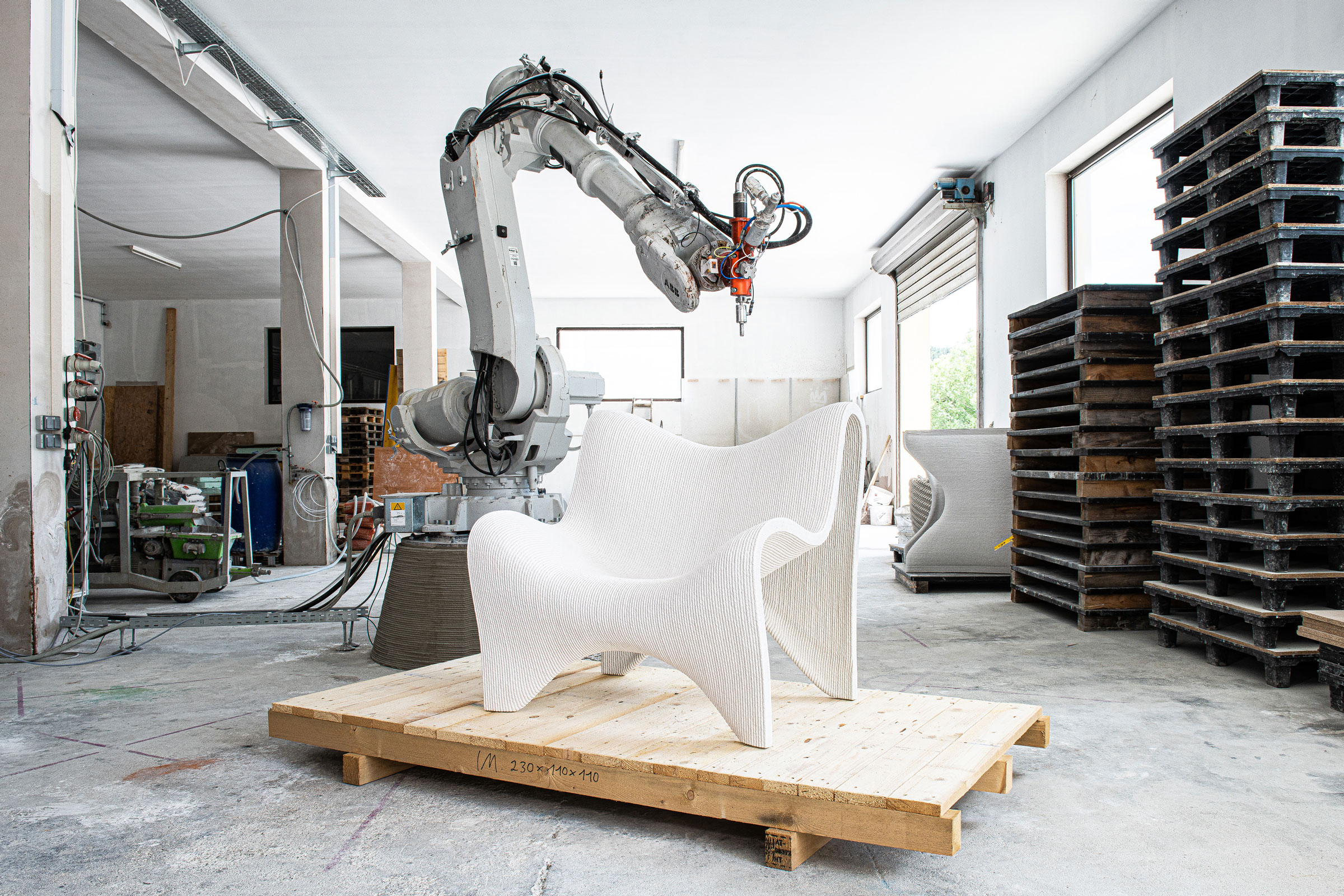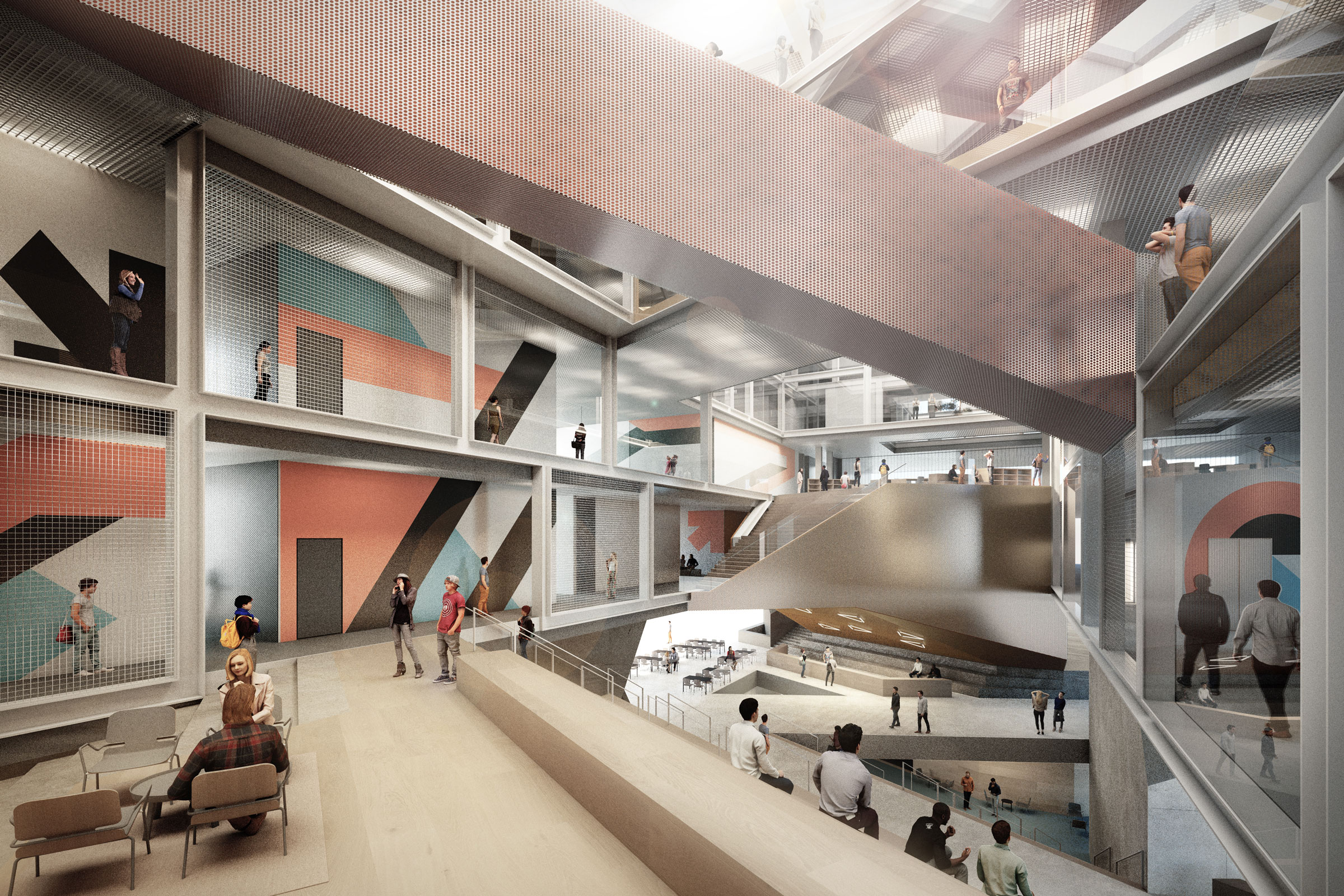Paris Olympics Aquatic Center

Courtesy of MAD Architects
MAD Architects designed the aquatic center for the 2024 Paris Olympics in partnership with French architectural firms Jacques Rougerie, Atelier Phileas, and Apma. The 14,363-square-meter building will be home to the opening and closing ceremonies, seating up to 5,000 people, and hosting events like track and field. In accordance with Paris’ net-zero goal, the center is made from 70% wood and uses solar panels for energy as well as rainwater collection systems for water conservation. The building’s curves and lightness remind us of a cloud, inviting the people of Paris and beyond to appreciate the aquatic center for not only its functionality but also as a piece of public art.
arbn well

Courtesy of arbnco
Given COVID-19, indoor air quality has become a serious topic. arbn well, made by Arbnco, is a new technology that aims to improve overall indoor air quality. This software tests the quality of the air in any given building and provides feasible solutions with detailed actions and algorithms. The detailed information learned by using this software allows building owners to ensure the health and safety of all occupants. arbn well recently won a Solar Impulse Efficient Solution Label, an assessment tool used to incentivize companies to create both profitable and sustainable products.
Kaynemaile Architectural Mesh

Kaynemaile worked with American artist Ned Kahn on this kinetic installation as part of the new Playa Vista development in Los Angeles. The installation is named Enagua after the Latin-American garment that gives volume and fullness underneath a dress. Photo courtesy of Kaynemaile
Kaynemaile architectural mesh is a sustainably produced and recyclable fabric that offers another creative approach to design. The polycarbonate mesh is made by a New Zealand-based company that sources materials from within a 13-mile radius of their factory. Kaynemaile mesh is a great option when designing large building spaces, and it can be used inside or out. The mesh is also fire-resistant and highly durable, standing up against other outside impacts. It can be easily stretched across walls, so you can design to achieve virtually any effect. The mesh can also be used indoors to break up spaces.
3D-Printed Concrete Chairs

Photo by Paris Tsitsos
Vienna-based designer Philipp Aduatz has created a stunning collection of 3D-printed concrete furniture. The privately commissioned pieces are an imaginative take on traditional design and the scientific challenge presented by printing concrete. The furniture is supported by glass fiber rods and carbon textile reinforcement and made for permanent outdoor use. Aduatz partnered with incremental3d, an Austrian-based specialist in 3D printing, and was commissioned by Chicago interior designer Kara Mann for this latest project.
University of Toronto Scarborough Student Center

Courtesy of kg&a
ZAS Architects collaborated with CEBRA Architecture to release this design for the latest student center at the University of Toronto’s Scarborough campus. The 199,060-square-foot, five-story building encompasses student classrooms, work areas, and lecture halls as well as spaces designated specifically to protect the mental and physical health of students. The layered structure sits as though hovering in space and deviates from traditional learning experiences as it emphasizes fluidity rather than confinement. On the rooftop, two gardens promote the importance of green space indoors and outdoors.
